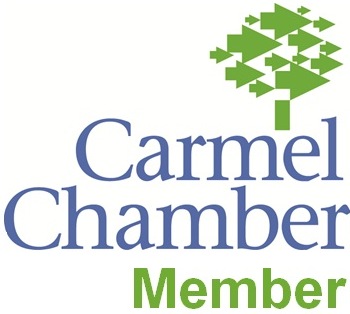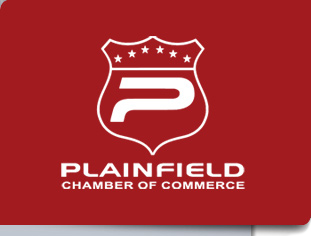Common Area: Branching Out
Trees are valuable assets to any community, and caring for them is an important responsibility.
Trees provide visual interest and curb appeal, cooling shade for homes during the summer and a wind barrier throughout the year. Their root systems prevent soil erosion, and their leaves clean the air by converting nitrous oxide, sulphur dioxide, carbon monoxide, and ground-level ozone into oxygen. Healthy trees are also habitats for birds and other animals, whereas dead or diseased trees attract parasites and fungi.
Since trees require proper pruning, fertilizing, and pest and disease control to remain healthy, a qualified tree-care professional can determine what association staff and volunteers can do themselves and what tasks should be performed by an arborist. The following steps can help identify an appropriate tree-care professional:
- Require proof of insurance, especially if the tree-care company will be pruning large or old-growth trees.
- Look for a company that has a certified arborist on staff. Certified arborists are trained to identify disease and pest infestation, as well as structural problems.
- Consider a tree-care company that is a member of the National Association of Arborists, the American Nurseryman Association, or the International Society of Arboriculture.
- Include in your contract that you expect the company or companies that you are considering to use the correct equipment and tools, like ropes and pulleys, when climbing trees.
- Expect free estimates when work is needed.
Even after you’ve identified a tree-care company to perform specific functions in a community, continue to educate yourself about how to care for trees-and encourage association leaders to do likewise. The Internet, local library or county extension office are excellent resources.
Originally published in the May/June 2014 digital edition of the Community Manager.










